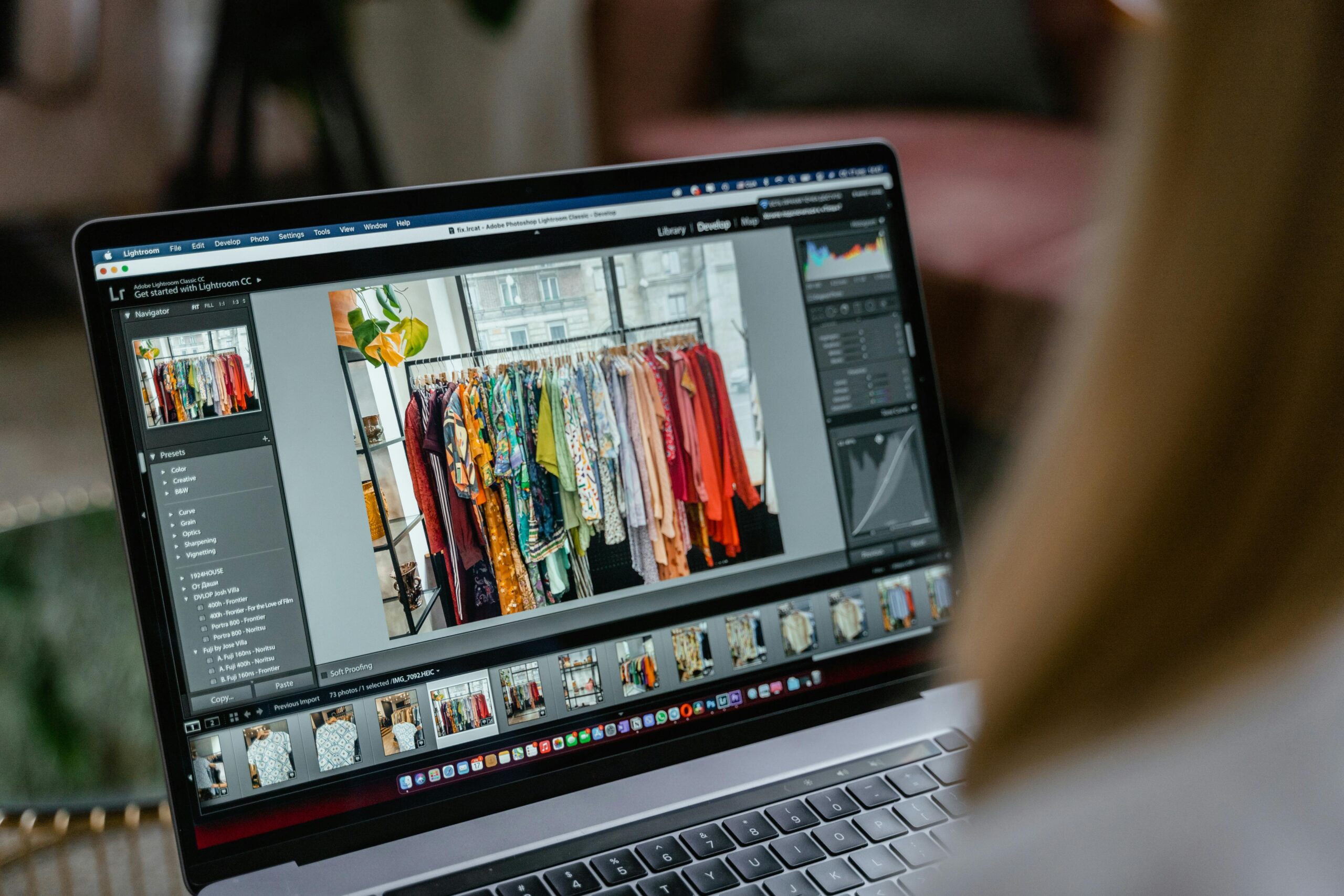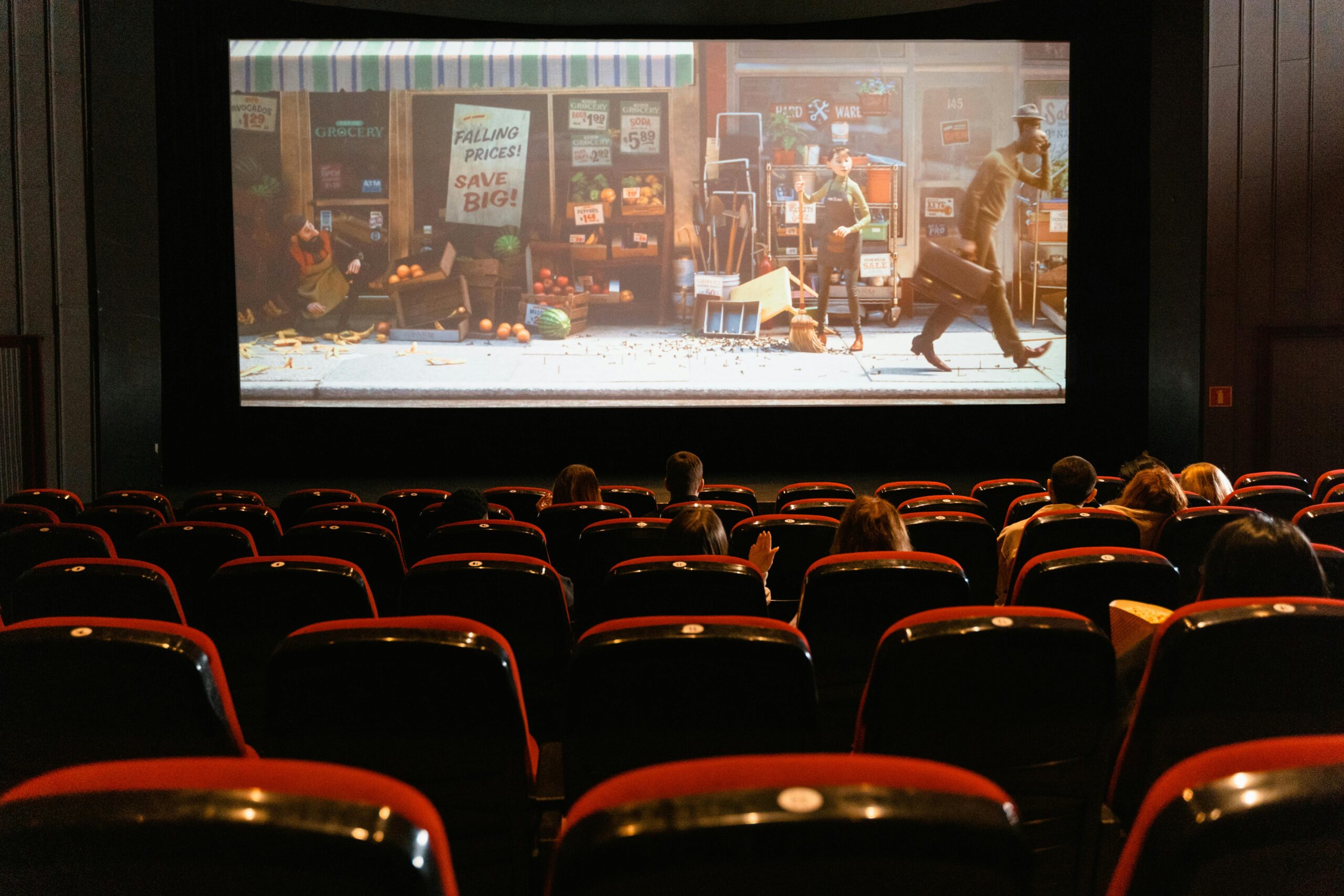Trends in Virtual Production
It comes as no surprise that technological advances are taking over every industry and the film industry is no exception. From pre-production to post-production, the ever-evolving landscape of film-making is witnessing a radical shift. If you go back in time, you will probably remember how the COVID-19 pandemic posed unprecedented challenges to the world of video production. This not just led to a transformative shift but also the adoption of a new process that is virtual production.
What is Virtual Production?
Virtual production is a new-age film making technique that combines physical and virtual methods of movie-making. A few technologies used to create a virtual set are CGI, augmented reality, green screens, LED walls, motion capture and live compositing. It gives filmmakers the advantage of creating engaging content with utmost flexibility and efficiency. The aim of virtual production is to create a realistic environment on a virtual set. Just like a physical set, directors can create sweeping vistas and landscapes from the realm of their imagination.
Filmmakers these days prefer using virtual production as it helps them create sets quickly. It also gives them the advantage of making instant adjustments and controlling the lighting to meet the myriad demands of the scene. With real production, playing with elements is difficult. Virtual production also reduces the cost of traditional sets and props.
Both big and small-budget filmmakers are turning to virtual production to enhance their creative freedom and productivity. Needless to say, virtual production has come a long way.
Virtual Production Trends
The vertical is witnessing a shift and change. The future is promising and here are a few trends that will dominate the virtual production space.
LED Volume Walls
A big trend in virtual production is LED volume walls. The technique combines real-time game engine animation, LED screens, and cameras to deliver visual effect shots. It’s a massive breakthrough as it creates photo-realistic backgrounds. LED walls are replacing the traditional green screens. In physical locations actors perform against green screens whereas in virtual production, they perform in front of LED panels. This gives filmmakers a chance to adjust camera lighting, angles, and other things during production
Immersive Content Creation
As mentioned earlier, virtual production allows filmmakers to visualise and capture scenes in real-time. This has led to the rise of immersive content creation. When virtual production is coupled with extended reality (XR) technology, 360-degree environments can be created from a single stage. This enhances cost efficiency and the need for costly reshoots is considerably reduced. The term extended reality (XR) includes a fusion of immersive technologies including virtual reality (VR), augmented reality (AR) and mixed reality (MR). All these technologies bring the best of both the physical and virtual worlds.
AI-driven Virtual Characters
In an era where artificial intelligence is taking over, needless to say it has a role to play in virtual production too. It helps in the creation of digital characters and environments. AI stands at the forefront of innovation as far as visual storytelling is concerned.
Photorealistic Rendering
With each passing year, virtual realism is only going to touch new heights. Using techniques such as photorealistic rendering is already popular. It is a 3D rendering software that generates real images and animations based on virtual lights, cameras and materials. This will considerably help virtual manufacturing agencies to create breathtakingly real visuals. The output will be even better than real cameras.
Virtual Production The Future
A major reason why virtual production has become the most preferred choice of filmmakers is because it helps them create stunning and immerse content cost-effectively. Beyond filmmaking, the expansion of virtual production has reached other industries as well such as gaming, virtual events, architectural visualisation, advertising, and training and simulation. The versatility provides interactive and engaging experiences for the audiences. Students interested in virtual production, visual effects and filmmaking can pursue our visual effects diploma programme. The one-year diploma programme covers sound editing, photography, motion graphics, basics of filmmaking, camera tracking, and so on.




